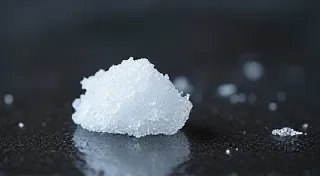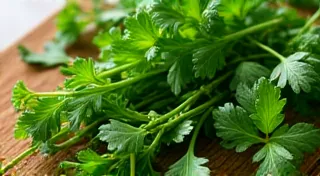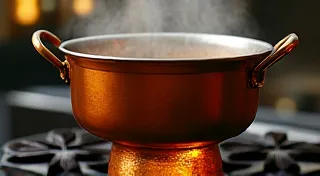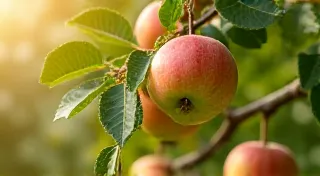The Ultimate Guide to Mastering the Chef's Knife
The chef’s knife is the cornerstone of any kitchen. It’s your workhorse, your most frequently used tool, and frankly, a good chef’s knife is an investment. But owning a good knife is only half the battle. Knowing how to use it effectively, safely, and with precision is what truly separates a kitchen novice from a budding culinary artist. This comprehensive guide covers everything from choosing the right knife to proper grip, essential cuts, and keeping it in top condition. Whether you’re a complete beginner or looking to refine your existing skills, this is your ultimate resource.
Choosing the Right Chef’s Knife
Before we dive into techniques, let's address the crucial step of selecting a quality chef’s knife. It's a personal choice, but understanding the different aspects will help you make an informed decision.
Steel Types
The type of steel used significantly impacts the knife’s durability, sharpness, and ease of maintenance.
- High-Carbon Stainless Steel: This is the most common choice. It offers a good balance of sharpness, stain resistance, and durability.
- Carbon Steel: Holds an exceptionally sharp edge but is prone to rust if not properly cared for. Requires more diligent cleaning and drying after each use.
- Damascus Steel: Beautiful layered steel known for its distinctive pattern. Often a blend of different steels, offering a combination of performance and aesthetics.
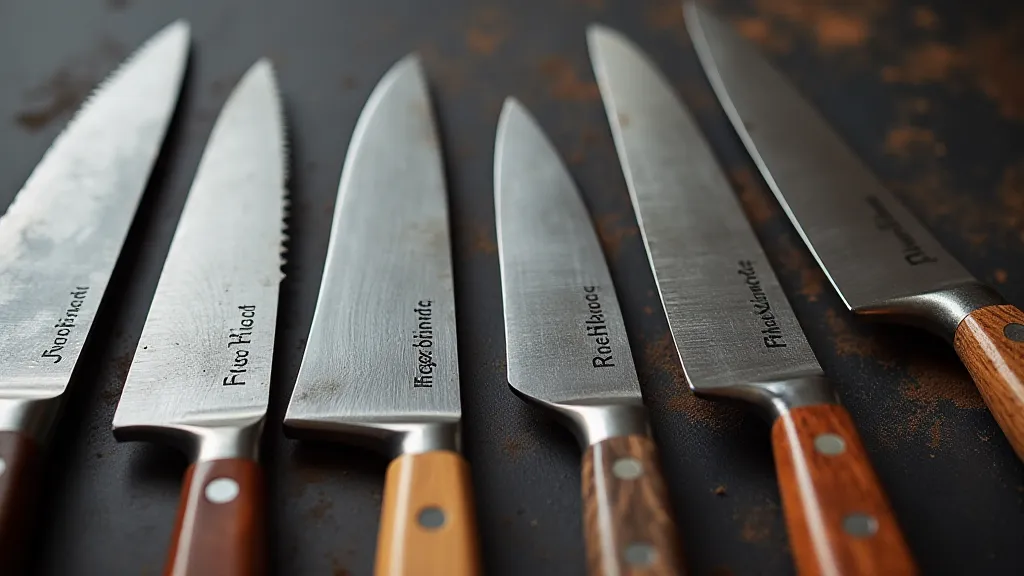
Handle Materials
Handle material affects comfort and grip. Common options include:
- Wood: Offers a classic look and feel. Requires occasional oiling.
- Synthetic (e.g., Pakkawood, G10): Durable, moisture-resistant, and often slip-resistant.
- Stainless Steel: Hygienic and easy to clean, but can be less comfortable.
Weight and Balance
The knife should feel comfortable and balanced in your hand. Consider the overall weight and how it feels when you hold it. A balanced knife requires less effort to maneuver.
Mastering the Grip & Stance
Proper grip and stance are fundamental to safe and efficient knife skills.
- The Pinch Grip: Hold the knife with your thumb and index finger pinching the blade near the bolster (the thick part where the blade meets the handle). Wrap the rest of your fingers around the handle. This provides maximum control.
- The Claw Grip (for guiding): When cutting, curl your non-dominant hand into a “claw” shape. Your fingertips should be tucked behind your knuckles, guiding the blade safely.
- Stance: Keep your feet shoulder-width apart, with the foot closest to your cutting board slightly forward. This provides stability.
Essential Knife Cuts
Let's break down some of the most important cuts to master:
Dicing
Dicing involves cutting ingredients into uniform cubes. Start by trimming the ingredient into a rectangular shape. Then, slice into even strips. Stack the strips and slice crosswise to create dice. Practice makes perfect!
Mincing
Mincing creates very fine cuts, often used for garlic, ginger, or herbs. Roughly chop the ingredient first. Then, repeatedly slice and chop until you achieve the desired consistency.
Julienning
Julienning creates long, thin strips, often resembling matchsticks. Similar to dicing, start with a rectangular shape and slice into thin strips.
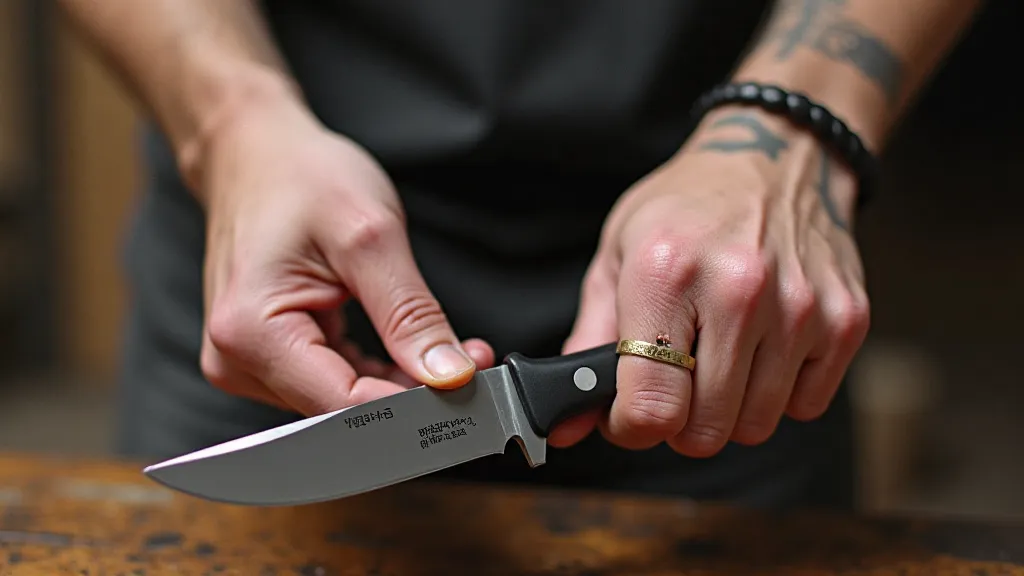
Knife Maintenance & Sharpening
A sharp knife is safer than a dull one! Regular maintenance is essential.
Honing vs. Sharpening
Honing realigns the existing blade edge, while sharpening removes metal to create a new edge. Hone your knife frequently (before each use is ideal). Sharpen less often, when the knife starts to lose its ability to hold a consistent edge.
Cleaning
Always wash your knife by hand with warm, soapy water. Dry it immediately and thoroughly. For carbon steel knives, extra care is needed to prevent rust.
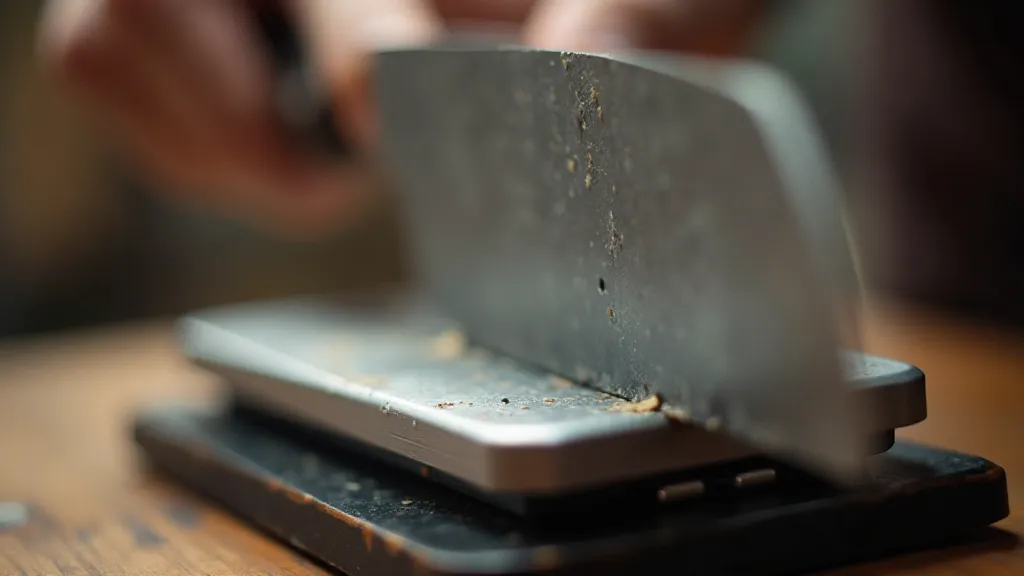
Practice Makes Perfect
Mastering the chef’s knife is a journey, not a destination. Don't be discouraged if you don't get it right away. Consistent practice and attention to detail will transform you into a confident and skilled cook.
